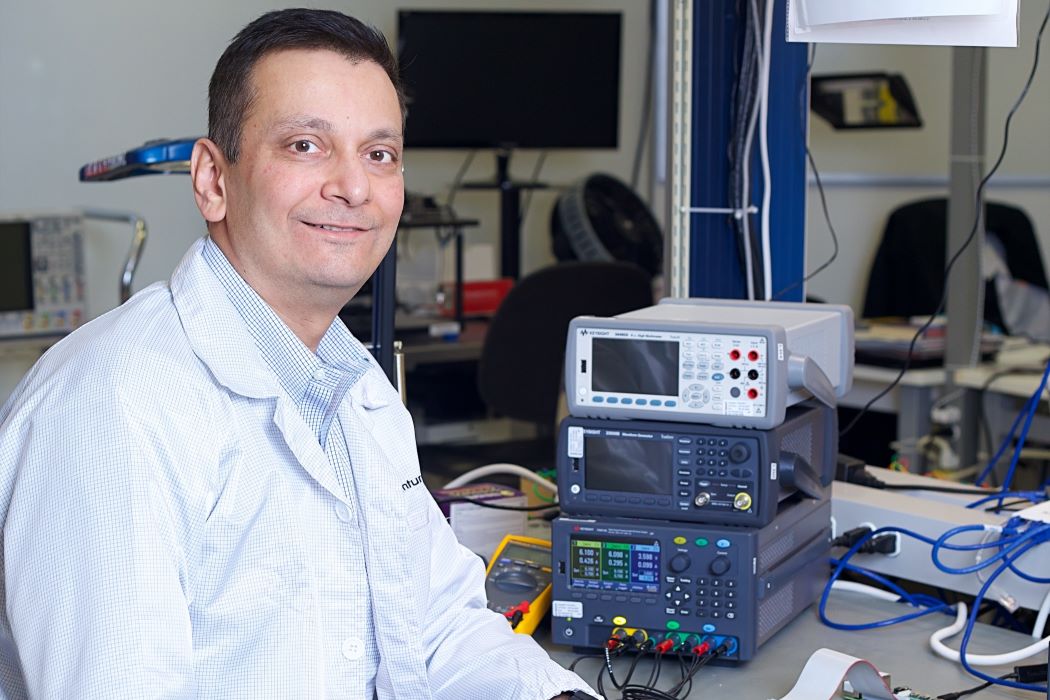
Ottawa-based semiconductor startup Blumind has secured $20 million CAD in Series A funding to bring its groundbreaking analog AI chip to market—a chip designed from scratch to process physical information like vision and sound, rather than digital code.
The company aims to reshape the future of low-power, always-on artificial intelligence.
The round was co-led by Cycle Capital and BDC Capital, with support from returning investors Fusion Fund, Two Small Fish Ventures, and Real Ventures. Cycle Capital’s Claude Vachet and BDC’s Remi Fournier are joining the board.
“If we didn’t already have computers today, how would we design chips to power neural networks?”
– Niraj Mathur, CEO and co-founder
A Chip Born for Physical AI
Founded in 2020 by Niraj Mathur and John Gosson, Blumind has developed an analog chip architecture optimized for on-device AI. Unlike traditional processors that rely on thousands of transistors to relay binary code, Blumind’s chip uses each transistor to store eight-bit values, enabling real-time processing of sound, vision, and sensor data with dramatically lower energy consumption.
This design could power next-gen devices like:
- Smart glasses
- VR headsets
- Robotics
- Autonomous vehicles
Blumind claims its chips consume 100 to 1,000 times less power than digital processors for continuous “always-on” AI applications.
What Makes Blumind Different?
Unlike many AI chip startups that offer accelerators to support traditional CPUs or GPUs, Blumind’s chip is built to run the entire neural network natively—no digital processors needed.
“We’re not just an assistive component,” said Mathur. “We’re rethinking compute at the transistor level.”
This positions the company apart from others like Untether AI, which also focuses on neural network efficiency but still leans on digital infrastructure.
Funding Plans and What’s Next
The startup has now raised $34 million CAD in total. The new capital will go toward:
- Preparing the chip for high-volume production in 2026
- Expanding the engineering and design team by around 10 hires
- Developing a next-gen chip architecture
The company is already working on proof-of-concept projects with several tier-one customers to validate performance and power metrics.
“Physical AI is a fast-growing category, and Blumind’s low-power, low-latency chips are a perfect fit,” said Shane Wall of Fusion Fund.
Blumind’s bold vision: If we started from scratch in the AI age—without the baggage of traditional computing—this is the chip we’d build.



